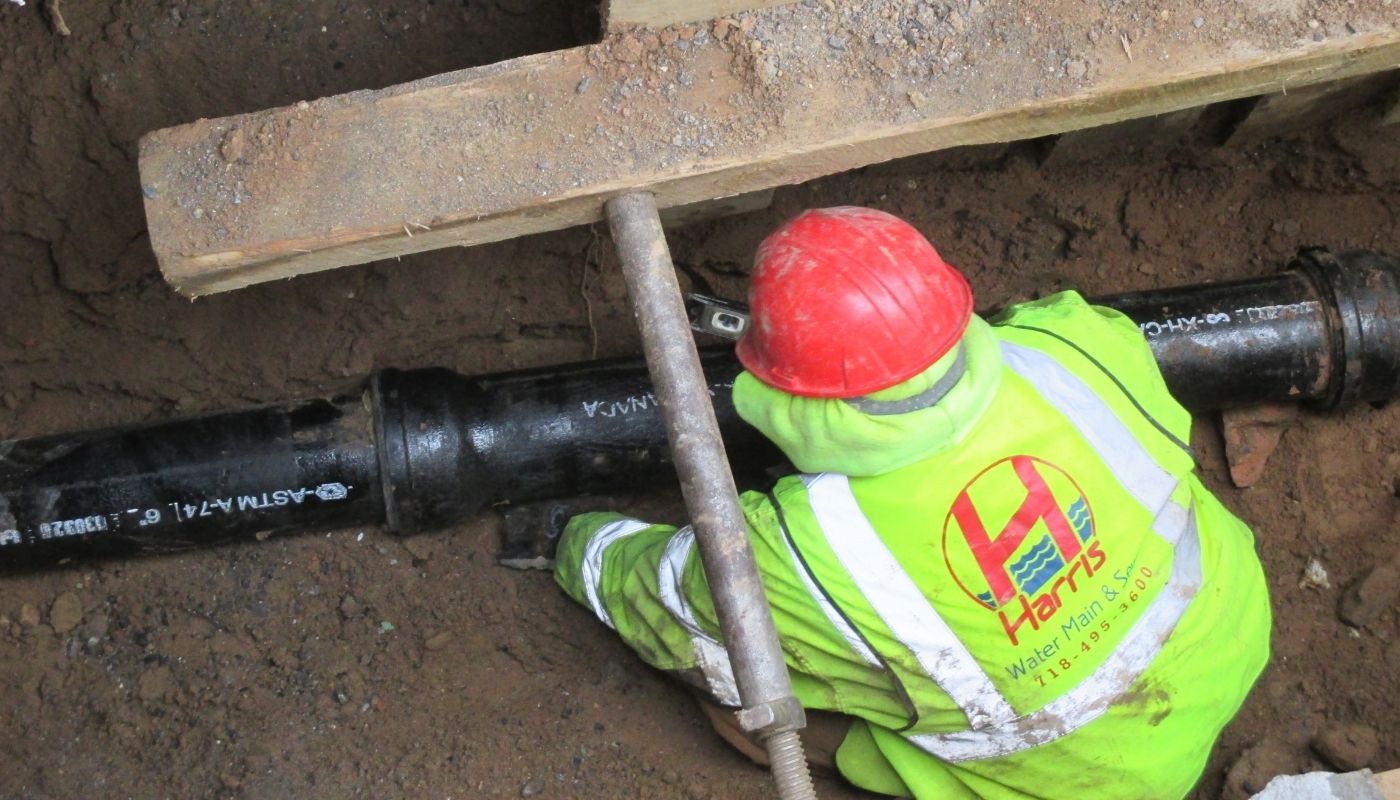Behind the walls and under the floors of your home is a system of pipes that carries all your home’s wastewater away and out into the city sewer system. It’s important to understand the difference between your sewer main line vs. your drain line. The main sewer line is outside the home, while drain lines are inside your house. When these systems need maintenance or repairs, the type of plumber you should call will depend on whether the problem is in a drain line inside your home or the main sewer line outside your home.
Indoor Drain Lines
Everywhere water runs in your home, it exits down a drain. Your sinks, tubs, and showers, as well as your dish and clothes washers, have drains that connect with pipes that carry wastewater horizontally to connect to a vertical drainpipe, sometimes called the soil stack. From there, the pipe carrying wastewater connects with a slightly sloped, horizontal drainpipe under your basement floor, which transports it out of your home into your main sewer line.
The stack will vent through the roof of your home to provide fresh air that maintains pressure in the pipe to keep it flowing freely downward. This also retains water in curved traps in the sewer pipes to block sewer gasses from entering your home.
Outdoor, Underground Main Sewer Lines
Your main sewer line is the pipe that runs underground from the outside of your foundation to the city sewer main. It’s the homeowner’s responsibility to maintain this pipe. When backups occur into the lowest level of your home, there’s probably a main sewer line problem.
A common misconception is that your main sewer line carries only what you flush down the toilet. In most homes, however, the wastewater from your dishwasher, clothes washer, and all your sinks and showers combines in the soil stack and is carried out of the home to the main sewer line.
Understanding the difference between your sewer line vs. your drain line will help you recognize the type of problem you may have and what kind of plumber you should call to fix it. You should not attempt to fix your sewer line yourself. Drains can clog, and you can usually tell that there’s a problem with an indoor drainpipe if a sink is clogged or a tub backs up. Sometimes, the clog occurs further down the drain line. These kinds of clogs, however, usually affect only one fixture or room in your house. A licensed residential plumber can usually handle problems inside your home.
Problems in the main sewer lines that run outside the home to the city main require plumbers with additional expertise and licensing to conduct excavations and repairs. Main sewer lines can sag, leak, or rupture, causing a mess in your front yard or even pools of sewage on sidewalks and streets.
In New York City, main sewer line replacement requires knowledge of city codes, permits, and Department of Environmental Protection regulations. It requires the ability to excavate to reach pipes, the skill to replace them, and the ability to close it all up again after it has passed inspections. Harris Water Main and Sewer has that expertise.





















